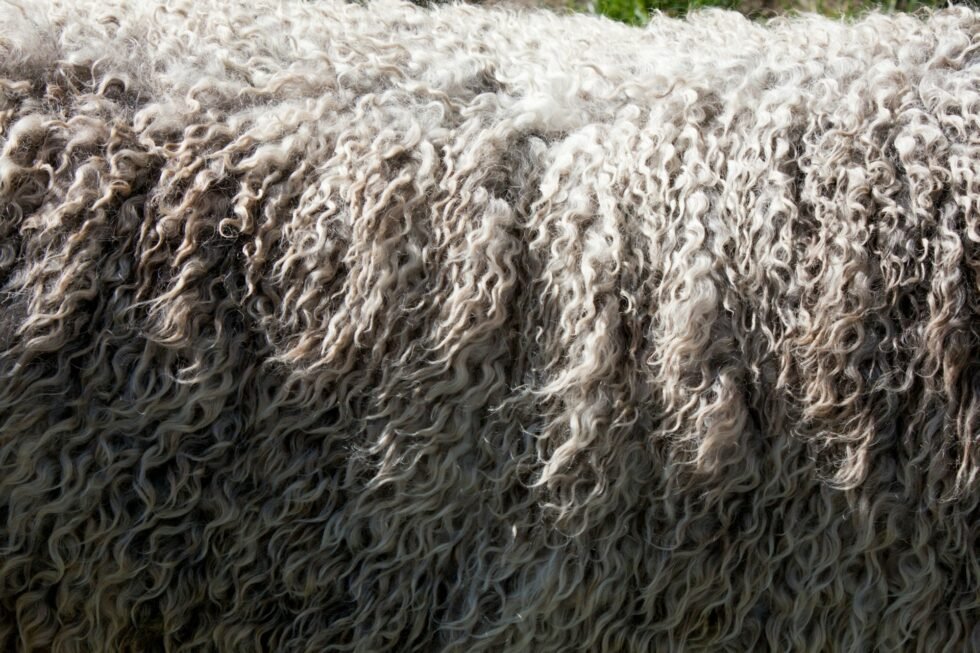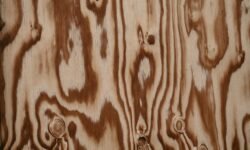
Introduction: What Are Wollmatten?
In a world increasingly focused on sustainability, Wollmatten—wool mats made from natural sheep’s wool—are becoming a cornerstone of eco-friendly living. Known for their insulating, soundproofing, and biodegradable properties, Wollmatten are revolutionising construction, interior design, and environmental awareness.
Used in homes, offices, and green buildings, Wollmatten provide superior comfort while reducing your carbon footprint. This guide explores their composition, benefits, uses, and why they’re an ideal replacement for synthetic insulation materials.
Understanding Wollmatten and Their Composition
Wollmatten are thick, felted wool sheets made from 100% natural sheep’s wool. Unlike synthetic alternatives, they are free from harmful chemicals and microplastics. The unique structure of wool fibres enables Wollmatten to trap air, providing excellent thermal and acoustic insulation.
Key components of Wollmatten include:
- 100% natural wool fibres
- Minimal synthetic binders (optional for structure)
- Eco-friendly treatment against moths
Environmental Benefits of Wollmatten
One of the strongest appeals of Wollmatten is their environmental impact—or rather, their lack thereof.
1. Fully Biodegradable
Unlike fibreglass or foam, Wollmatten decompose naturally, returning nutrients to the soil instead of polluting landfills.
2. Renewable Material
Sheep produce wool annually, making Wollmatten a renewable resource with minimal ecological disruption.
3. Low Carbon Footprint
Producing Wollmatten consumes significantly less energy compared to synthetic insulation materials.
📊 Statistic: According to a 2023 EcoBuild Report, natural wool insulation like Wollmatten uses 60% less energy in production than conventional fibreglass insulation.
Thermal Insulation and Energy Efficiency
When used in walls, roofs, or floors, Wollmatten maintain a consistent indoor temperature. The air pockets within wool fibres act as natural thermal barriers, keeping heat in during winter and out during summer.
📈 Graph:
A simple bar chart can illustrate the thermal conductivity comparison between insulation types (measured in W/mK):
- Wollmatten: 0.035
- Fibreglass: 0.040
- Mineral Wool: 0.045
(Lower is better)
Interpretation: This shows that Wollmatten outperform many synthetic materials in energy retention, reducing heating costs and environmental strain.
Wollmatten and Soundproofing Performance
Noise pollution is a modern problem, and Wollmatten offer an elegant solution. The dense, fibrous texture absorbs sound waves, making them ideal for soundproofing walls, floors, and studios.
🏠 Analogy: Imagine wrapping your home in a soft, natural blanket that not only keeps you warm but also hushes the outside world—that’s exactly what Wollmatten do.
Health and Indoor Air Quality Benefits
Beyond insulation, Wollmatten improve indoor air quality by naturally absorbing pollutants like formaldehyde, nitrogen oxide, and sulphur dioxide. Wool’s keratin structure chemically binds these toxins, preventing them from circulating indoors.
Additional advantages:
- Hypoallergenic and non-toxic
- Regulate humidity naturally
- No off-gassing or harmful residues
📊 Statistic: Studies show that rooms insulated with Wollmatten can have up to 40% fewer airborne toxins compared to those using synthetic insulation materials.
Practical Applications of Wollmatten
Wollmatten are versatile and suitable for a range of residential and commercial uses:
- Wall Insulation: Ideal for timber or brick structures.
- Roof Insulation: Keeps attics cooler in summer and warmer in winter.
- Underfloor Padding: Adds comfort and warmth to wooden floors.
- Soundproof Panels: Used in recording studios and offices.
- Campervans and Tiny Homes: Lightweight and breathable, perfect for sustainable travel.
Comparing Wollmatten with Synthetic Insulation
| Feature | Wollmatten | Fibreglass | Foam Board |
|---|---|---|---|
| Material | Natural Wool | Synthetic Fibres | Plastic-based |
| Thermal Efficiency | High | Medium | High |
| Soundproofing | Excellent | Fair | Poor |
| Biodegradability | 100% | 0% | 0% |
| Health Impact | Non-toxic | Irritant | Off-gassing |
| Lifespan | 50+ years | 25 years | 30 years |
Clearly, Wollmatten stand out not only as a sustainable alternative but also as a high-performance solution.
Installation and Maintenance of Wollmatten
Installing Wollmatten is straightforward and safe. They can be cut with standard tools and handled without protective gear (unlike fibreglass).
Installation tips:
- Fit snugly between wall studs or roof rafters.
- Use breathable membranes to maintain airflow.
- Avoid excessive compression, which reduces insulation effectiveness.
Maintenance:
Once installed, Wollmatten require minimal upkeep. They naturally resist mould, mildew, and pests when treated properly.
Cost vs. Long-Term Value
Although Wollmatten may cost slightly more upfront than fibreglass, the energy savings and durability make them more cost-effective in the long run.
Average cost comparison (per m²):
- Wollmatten: £15–£20
- Fibreglass: £10–£12
However, energy savings of up to 25% annually often offset this initial investment within a few years.
Sustainability Certifications and Standards
High-quality Wollmatten typically meet or exceed European standards for eco-friendly construction materials. Look for certifications such as:
- NaturePlus
- EU Ecolabel
- Cradle to Cradle Certified
These ensure the wool is ethically sourced and processed using sustainable methods.
Why Choose Wollmatten for Your Next Project
Choosing Wollmatten means investing in comfort, health, and sustainability. They represent a shift towards responsible construction that values long-term performance and minimal environmental impact.
In summary, Wollmatten offer:
- Superior insulation and acoustic control
- Renewable and biodegradable materials
- Safe, chemical-free installation
- Energy efficiency and cost savings
Whether for a home renovation, commercial space, or eco-building project, Wollmatten provide the perfect balance between performance and planet care.
FAQ: Wollmatten Explained
1. What are Wollmatten made of?
Wollmatten are made primarily from 100% natural sheep’s wool, occasionally combined with minimal binders for structural integrity.
2. Are Wollmatten safe for allergy sufferers?
Yes. Wollmatten are hypoallergenic, non-toxic, and help regulate indoor humidity, making them ideal for allergy-prone households.
3. How long do Wollmatten last?
With proper installation, Wollmatten can last over 50 years, maintaining their insulating properties throughout their lifespan.
4. Can Wollmatten be used in modern homes?
Absolutely. Wollmatten are compatible with both traditional and contemporary construction methods, including timber frame and modular homes.
5. Are Wollmatten resistant to pests?
Yes. High-quality Wollmatten are treated with natural, eco-friendly substances to deter moths and insects without harmful chemicals.
Conclusion: The Future of Sustainable Insulation
As sustainability becomes a central focus in modern architecture, Wollmatten emerge as a smart, natural choice for energy-efficient living. Combining tradition with technology, they’re transforming how we build and live—one wool fibre at a time.
If you’re planning an eco-conscious renovation or construction project, it’s time to consider Wollmatten—nature’s insulation for a cleaner, greener future.








